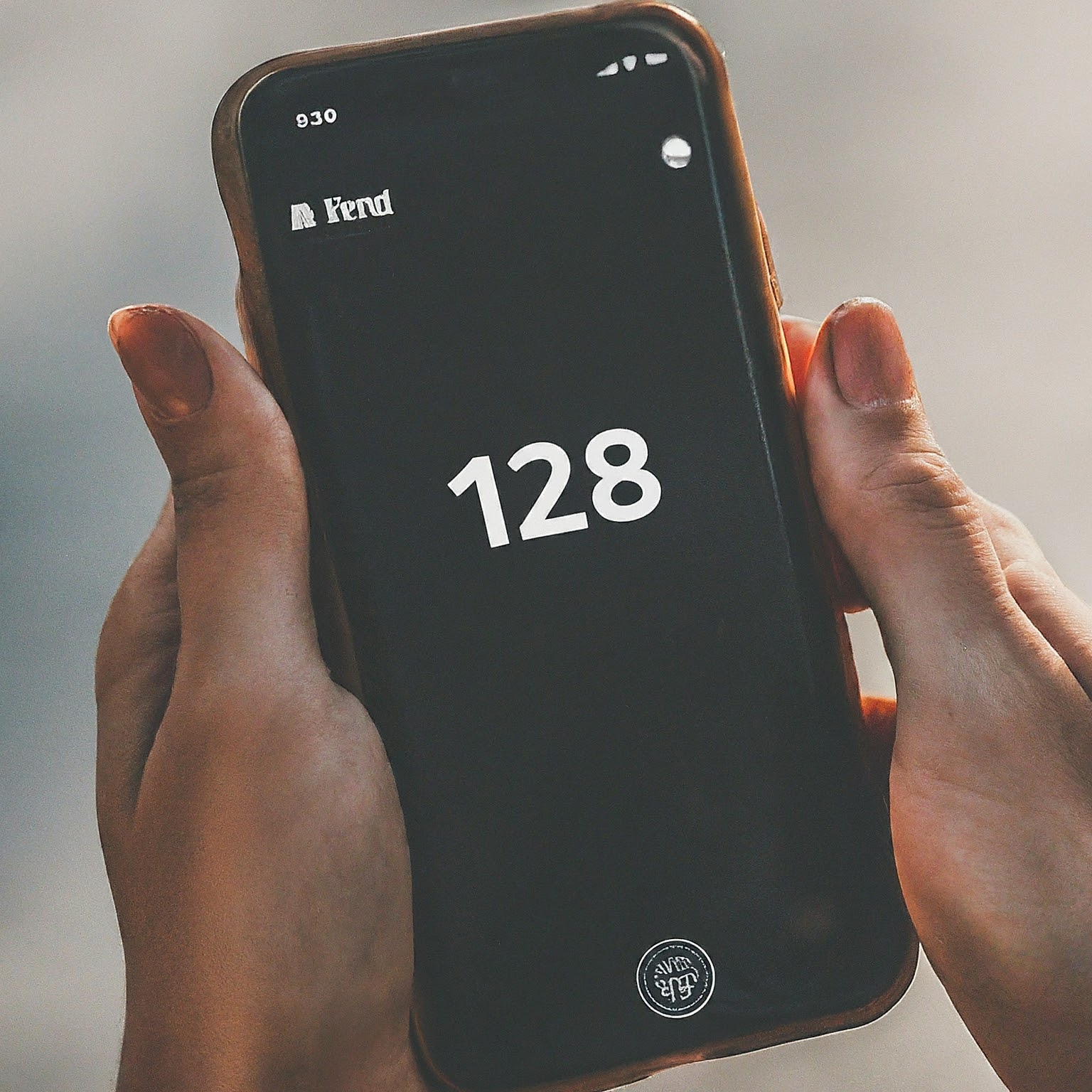If you are a T-Mobile customer and notice entries for 128 on your phone bill or in your detailed usage log, you are encountering a system-level short code. The 128 T-Mobile text code is a specialized, internal number used by the T-Mobile and former Sprint networks to process certain background activities, rather than a number used for direct communication.
While the number 128 itself is legitimate and belongs to T-Mobile, it is most commonly investigated because it is often the gateway code for unwanted third-party premium charges on your bill.
This guide explains the true meaning of the 128 code and provides precise, actionable steps to stop any unwanted associated charges.

What the 128 T-Mobile Text Code Represents
The 128 short code is an internal routing number used exclusively by T-Mobile and T-Mobile-affiliated providers. It does not operate like a standard 5- or 6-digit commercial short code used for marketing or 2FA.
- Voicemail and Device Synchronization (Usage Log Entry)
In many cases, the 128 code is a harmless log entry that appears in your bill’s detailed usage history, but not in your phone’s messaging app.
- Voicemail Notification: The network system uses 128 to log when a voicemail is received or when a user accesses their voicemail.
- Device Syncing: The code is also reported to log background communication for connected devices, such as an Apple Watch or paired tablet, ensuring they stay synchronized with your main line.
- Multimedia Messaging (MMS) Routing: 128 can also act as a gateway for delivering picture messages, video files, or group texts, especially when those messages are sent to or from another carrier’s network.
- Third-Party Premium Content Charges (The Main Concern)
Historically, the 128 text code has been the primary way that charges for “premium SMS” services appear on a T-Mobile bill.
- The Issue: If you see a line item on your bill associated with 128 that shows a dollar amount (e.g., “$9.99 for incoming text 128”), it means you were unknowingly subscribed to a third-party service (like mobile games, daily horoscopes, or contest entries) that was billed directly to your T-Mobile account.
- The Scam: The 128 code is the vehicle for the charge; the unwanted third-party company is the source of the billing issue.
Is the 128 T-Mobile Code a Scam?
The code 128 is not a scam. It is a legitimate T-Mobile system code.
However, the code can be used as the billing gateway for fraudulent or deceptive third-party services (often referred to as “cramming”) that subscribe your phone line without your explicit, clear permission. You may have unknowingly opted-in by clicking a deceptive link or entering your number on a contest website.
Actionable Fixes for Unwanted Charges from 128
If you have discovered an unauthorized charge associated with the 128 code, you must take two steps: cancel the subscription and block future charges.
Step 1: Cancel the Subscription (Immediate)
Since 128 is a system gateway and not the sender of the premium service, replying STOP to 128 will likely not work.
- Identify the Merchant: Download your detailed T-Mobile bill (PDF). Look in the “Third-Party Charges” or “Apps & Content Purchases” The bill must list the full name of the company or merchant (e.g., “Games Xpress,” “Daily Horoscopes”) that placed the charge.
- Contact the Merchant: Once identified, contact that third-party company directly to demand cancellation and a refund.
Step 2: Block Future Premium Charges (Permanent)
This is the most critical step to prevent recurrence, as scammers often sign you up for new services once one is cancelled.
- Call T-Mobile: Dial 611 from your T-Mobile phone or call customer support.
- Request a Billing Block: Ask the representative to place a “Charged Content Block” or “Premium SMS Block” on all lines on your account.
- Result: This is a free account feature that permanently prevents any outside company from billing services directly to your T-Mobile bill in the future, effectively neutralizing the threat posed by the 128 code and similar short codes used for cramming.
Frequently Asked Questions (FAQ)
I received an actual text message from 128 asking me to update my Visual Voicemail. Is that a scam?
No, this is likely legitimate T-Mobile communication. T-Mobile has historically used the 128 code to send genuine alerts regarding system updates, such as urging users to update their Visual Voicemail app. While security experts advise caution on all links, T-Mobile does use this number for official communications that appear in your regular text inbox.
Is the 128 code used by Verizon or AT&T?
No. The 128 short code is specific to the T-Mobile and Sprint networks and is not used by Verizon or AT&T. Other carriers use different system codes for their internal logging and premium billing gateways.
Why do I see 128 on my bill but not on my phone?
You only see the 128 code on your bill because it is a background system log recording a network event (like a voicemail arrival or an MMS delivery). Since it does not contain a message meant for you to read, your phone’s messaging app filters it out, but your carrier still records the activity for billing and usage purposes.


